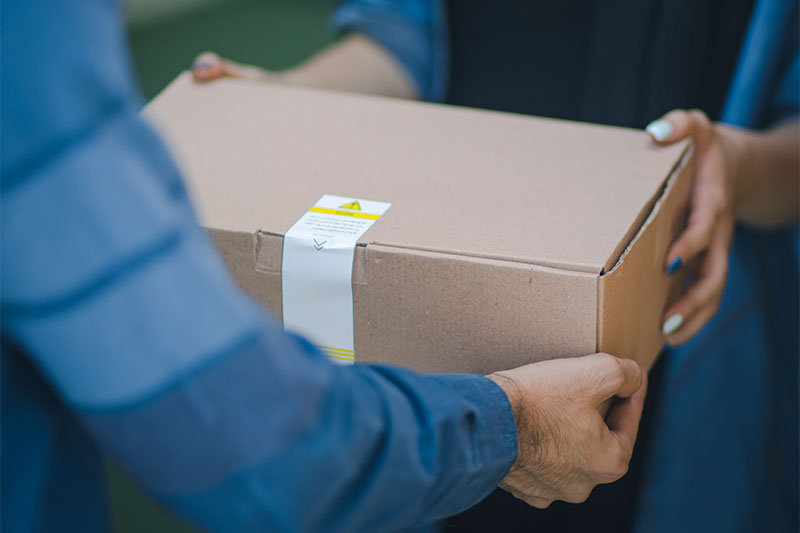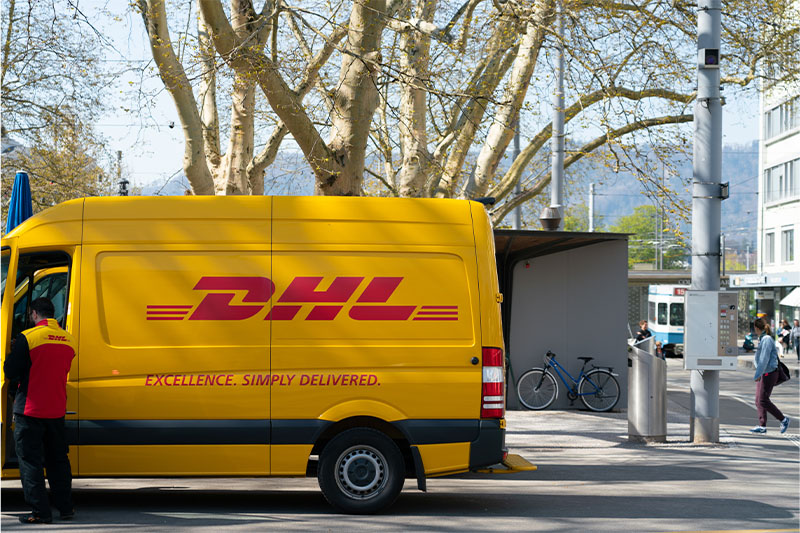E-commerce logistics are speeding up their delivery times in order to remain competitive. Here’s a breakdown of how important fast delivery is – and the current market expectations.
In a hyper-competitive business world, any company wants to perfect its e-commerce customer service. In particular, online retailers have been driven by customer expectations to provide faster, on-time delivery in order to remain competitive.
So How Important is Fast Delivery?
As e-commerce has moved into the mainstream, it has fundamentally transformed customers’ buying experience, simultaneously changing the way retail companies manage their distribution and logistics.
E-commerce customer service has won recognition around the world, thanks to the minimisation of resources and convenience of the client services. However, customers rarely think about the logistics that come into play between them clicking “order” and the delivery arriving at their doorstep.
Increasingly, e-commerce front runners are upgrading their delivery times to next-day or even same-day delivery. Playing into a need for instant gratification (or last-minute gift shopping), these express fulfilment services allow these firms to get a leg up over their competition, providing higher customer satisfaction. In addition, firms that deliver goods with an expiration date, such as groceries, need to deliver their items within strict time frames.
In contrast, firms who don’t offer fast delivery are falling out of favour – especially with younger generations. According to a Bizrate Insights survey, timing is one of the key issues for meeting or surpassing client satisfaction. The desire for same-day delivery is noteworthy, especially among Generation Y demographics. In fact, some customers would rather abandon the site and look elsewhere if same-day delivery is unavailable.

This creates a higher barrier of entry for smaller companies looking to enter the e-commerce market, who do not have an extensive logistics infrastructure available. Already, living up to existing delivery standards is demanding for many organisations. Short transit periods prove even more challenging, as they increase costs, require more staff, and mandate further investments in technology.
How Delivery Time Influences Business
Let’s say you are selling irons. You’ve perfected e-commerce customer service, visuals and managed to attract clients. Additionally, you’ve also put money into creating a decent distribution network with an average 2- to 4-day delivery. However, your product still has to compete against other brands in the market.
Now let’s say that your competition uses Amazon fulfilment. They might pay an additional 13% per item plus an additional fee, but with one-day shipping, they can lure enough customers to more than make up the difference.
While you struggle and sweat to ensure deliveries are on time, Amazon can do everything overnight. Having a superior product is certainly important, but your delivery time is no less so. Research shows that 25% of customers won’t consider buying if it isn’t shipped in 2 days or less. What’s worse is that two-thirds are willing to pay a premium to get it early.
Amazon: The E-commerce Master Of International Shipping
Over the years, Amazon has diversified into providing services that go beyond the boundaries of strict e-commerce, including logistics. They have built one of the most extensive, yet efficient, supply chains.
Since the inception of Amazon Prime in 2005, Amazon has consistently stayed ahead of the game. Unlimited two-day shipping was a luxury unheard of at the time, and just when it seems others have caught up, they’ve raised the stakes again. They now offer 2-hour delivery, same-day delivery, and one-day shipping – all of which make their logistics services more attractive.
Building more facilities means a rise in inventory costs, but in the long run, their upfront investments will reduce transportation costs and time.
How Difficult is B2C Delivery?
From optimising supply chain routes to operating warehouses, logistics is a complicated business. However, B2C delivery poses an additional hurdle: last-mile delivery – getting the package from the warehouse to the consumer’s doorstep – is notoriously expensive. Expenses could hit 53% of the total cost per package, according to estimates.
Geography also contributes to these expenses. In rural areas, two consecutive delivery stops could be miles apart. Cities, on the other hand, have less deviation but more traffic. This problem affects all e-commerce companies.
In contrast, shipping in bulk is always cheaper since the greater number of items reduces the cost-per-item.
Just look at Walmart, which, despite having stores less than 10 miles away from 90% of the US households, is still spending billions trying to figure efficient ways to ship products. In fact, Walmart has even started making its employees deliver packages on their way home.

The Future of Automated Logistics (and Delivery Drones)
Interestingly, Amazon relies mostly on 3rd-party logistics providers like UPS and FedEx for its last-mile delivery. However, outsourcing not only means higher rates for Amazon, but also relinquishes control over customer experience for the last part of the journey.
But Amazon isn’t slow-pedalling. Its 6-year-old plan to launch shipments by drones is almost all set. Drone delivery, if polished, could drastically change the last mile economics, especially in rural areas. And let’s not forget the environmental benefits compared to traditional modes of transport.
As of 2019, fulfilment centres have over 100,000 robots working 24/7, with more being added every year. With advancing development in automation, supply chains could see big changes in the next 10 years.
Soon, one-day shipping will no longer be a privilege, but a standard, which all businesses will strive to maintain.
Industry Standards: Defining “Fast” Delivery
So, what is considered “fast” delivery in real terms? The Wall Street Journal reported that in 2015, 63% of online customers considered three-to four-day conveyance “quick.” In 2016, that rate tumbled to 42%. Truth be told, few would consider two-day fulfilment “quick” in this day and age.
According to UPS’s 2018 Global Study, around 61% of US online shoppers expect their order shipped by noon the same day.
In specific markets and for specific items, nonetheless, some online retailers are offering one-hour delivery options, which beat even Amazon’s equivalent of the same-day shipping. Such expedient delivery times are typically constrained to specific markets with vigorous courier frameworks, like New York City. This is also true for high-end online retailers like Net-a-Porter whose upscale clients wouldn’t fret paying USD 20 for one-hour delivery.
When is Timing Not a Top Priority?
Although online shoppers have become acclimatised to a one- or two-day delivery service, this is not always essential for meeting customer expectations. Evidence proves that a fast delivery service is not always as integral as companies think it is – at least in certain cases. E-commerce customer service can dispense with fast delivery if:
1. The product is unique or holds brand prestige. Customer interest in short fulfilment is lower for stand-out or difficult-to-attain things.
2. Buyers can save money. According to the 2016 AlixPartners study, 83% of shoppers agree to wait 3+ days for their orders.
3. Fast delivery doesn’t seem to be a prime concern for your customer base. Even in the modern pleasure-principle world, there are still some consumers who simply need the exact product from a brand they trust.

The Bottom Line
Not so long ago, online shoppers were astounded by Amazon’s two-day delivery feature. However, to term a two-day delivery as quick today would be considered comical, as customers have been conditioned to expect a one-day fulfilment service.
That being said, fast delivery is not always imperative for meeting customer expectations. Some businesses are better off with a modest two to three days delivery period, especially if it provides a unique product in a niche market.
As technology advances and established brands look to get an edge over the competition, the industry is sure to see big changes in the near future. However, at the end of the day, customer expectations will continue to be the primary driving force behind innovation in e-commerce and logistics sectors.
Related Articles
Logistics: Strong E-Commerce Demand Could Bolster Industry Resilience
The Future of Retail: 2020 Industry Trends from E-Commerce Expert
How E-Commerce Will Help Asia’s Post-COVID Recovery, According to Industry Experts





